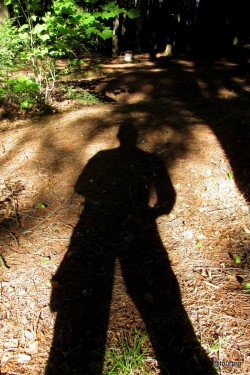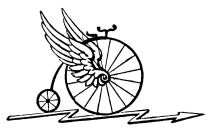Back Country Visitors Cautioned About Snow Conditions
Adirondack back country users are warned of the danger of avalanches by New York State Department of Environmental Conservation (DEC) Commissioner Pete Grannis.
“The recent snowstorm has brought a significant amount of new snow to the Adirondacks and we expect that snow enthusiast will want to get out and enjoy it,” Commissioner Grannis said. “Anyone who plans a visit the Adirondack back country, particularly the High Peaks region, should be prepared for avalanche conditions.”
Winter visitors to the back country of the Adirondack Mountains should be aware of avalanche danger and take necessary precautions. Snows have accumulated to sufficient depths on Adirondack Mountain slopes to create conditions conducive to avalanches.
While avalanche danger increases during and immediately after major snowfalls, as well as during thaws, avalanches can occur in any situation where snow, slope and weather conditions combine to create the proper conditions.
The majority of avalanches in the United States occur in the western mountains. However, avalanches do occur in New York and can have dire consequences.
DEC reminds back country winter recreationists to take the following precautions when traveling in avalanche prone terrain:
- Know basic avalanche rescue techniques.
- Check the snow depth.
- Check how much new snow has fallen.
- Practice safe route finding.
- Check the degree of the slope.
- Check the terrain.
- Carry basic avalanche rescue equipment.
- Never travel alone.
- Let someone know where you are going.
- Do not be afraid to turn around.
- Use common sense.
DEC provides information on avalanche danger and safety precautions. “Avalanche Preparedness in the Adirondacks” is available as PDF or by contacting the DEC Region 5 office at (518) 897-1200.
Information regarding the terrain, weather and snow conditions can be obtained from DEC Forest Rangers at (518) 897-1300.




